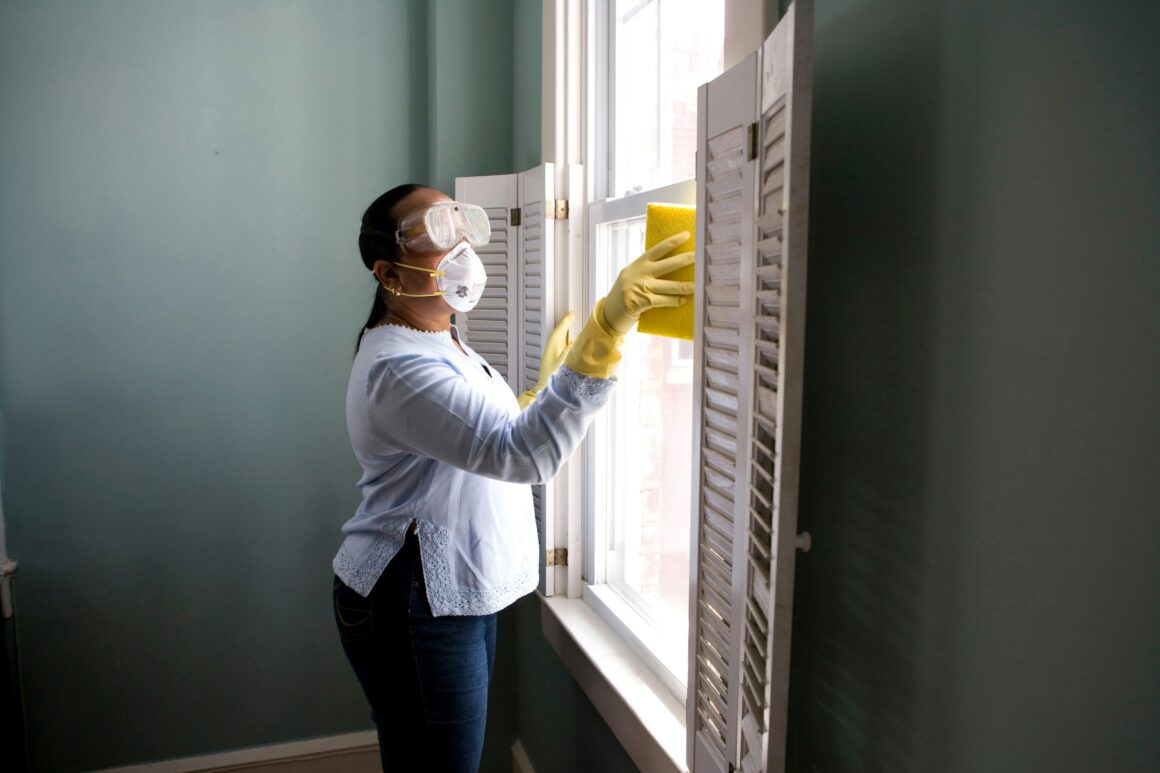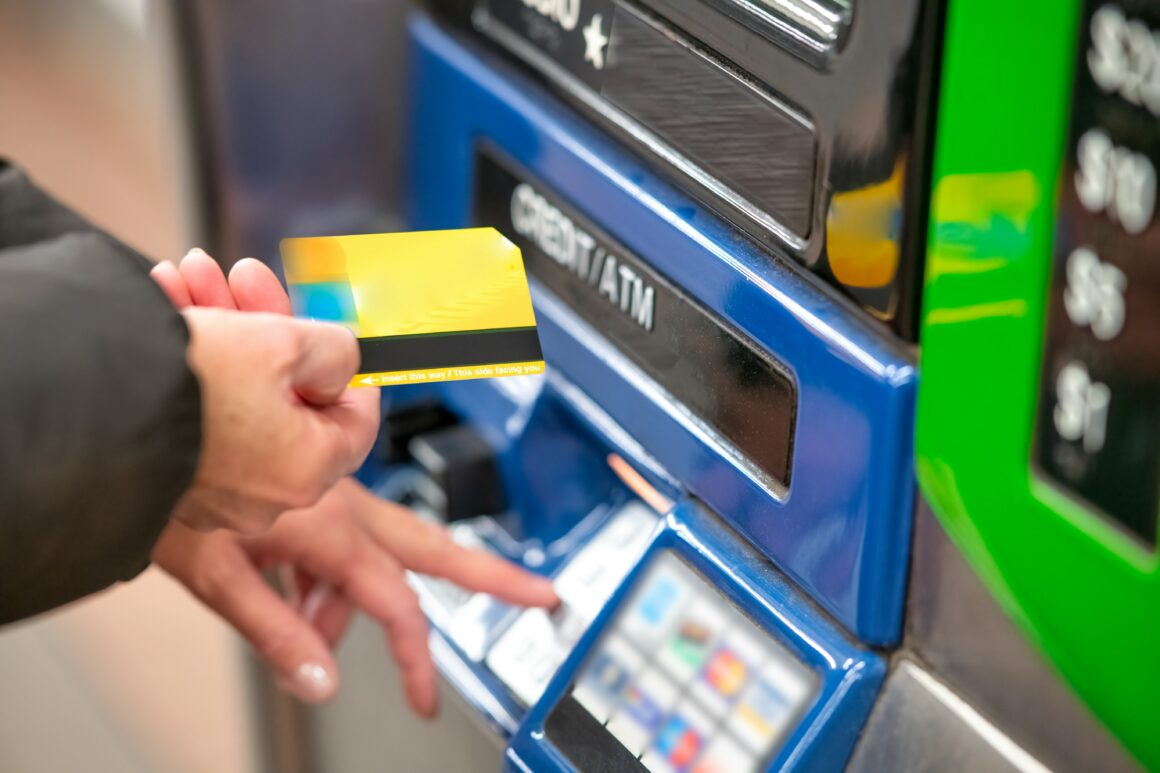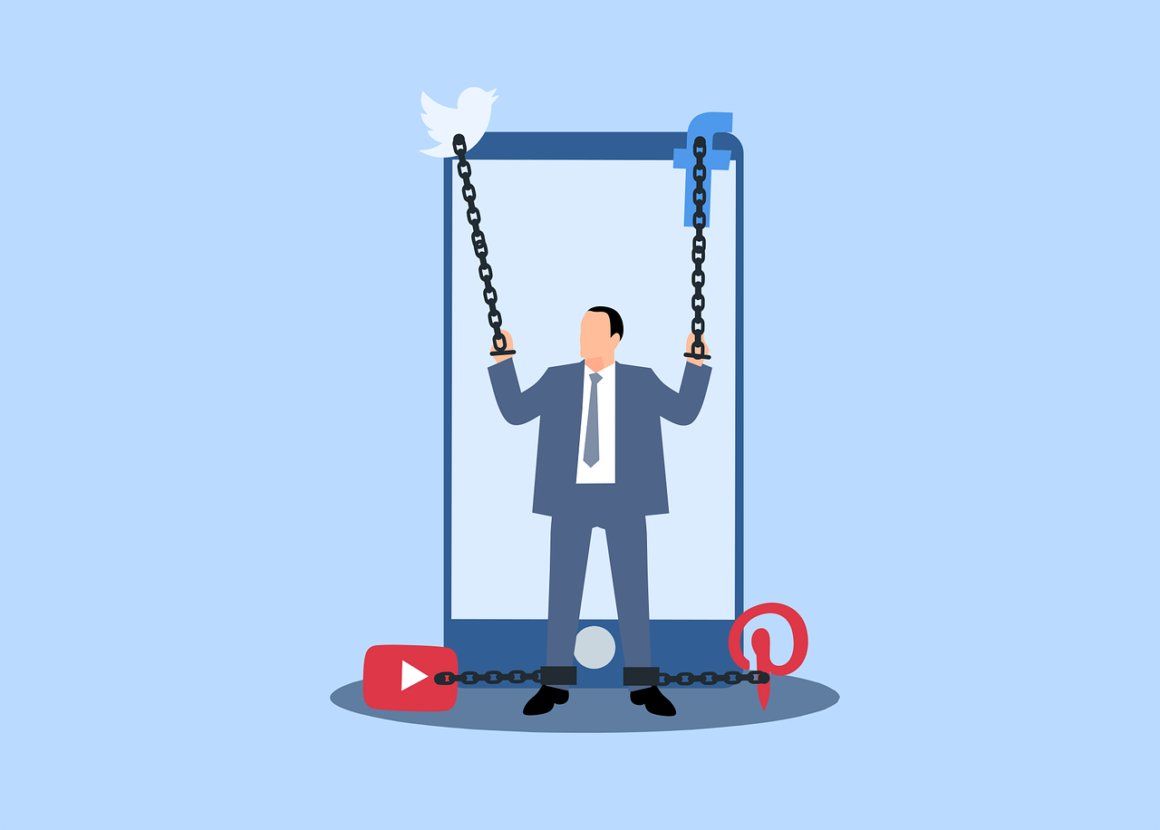One of the easiest ways for humans to help the planet right now is to recycle. It’s as simple as knowing which products are recyclable and then disposing of them in the proper bins. 1970 saw the celebration of the first Earth Day, and the expansion of a recycling revolution. Throughout the 70’s and beyond, bills were proposed in order to reduce waste, as people became increasingly concerned with the welfare of the planet. Recycling in the United States is around 34%, which is less than Belgium’s 58% and barely more than half of Austria’s 63%. For a country that likes to think of itself as “forward” in terms of environmental protection and the fight against global warming, that number isn’t very high.
Studies have shown that Americans don’t recycle unless it’s convenient. People are unlikely to use recycling bins unless they know people are watching, and they’re even less likely to use a recycling bin if it’s not just as convenient (if not more than) as a regular landfill trash can. Multiple psychological studies have been done about what kind of advertising and model behavior influences recycling patterns, but, while psychology does play a role in how we recycle, a sad truth is that recycling programs are not accessible to everyone.
According to the Economist, a quarter of Americans don’t have access to curbside recycling programs in their communities. These programs tend to be more costly than regular landfill waste, and thus, are cut out of city budgets. While big companies are making attempts to be more green by making their products recyclable, these efforts to be more “green” are for naught if the people aren’t recycling.
However, researchers have seen a trend in increasing consumption in those that do recycle. NPR’s Shankar Vedantam explained through a series of experiments that people who recycle tend to consume more. The fulfillment that we feel when we recycle overrides the guilt that we feel for using more, thereby encouraging us to expend more on recyclable goods than we would on products that are more likely to end up in landfill dumpsites.
Vedantam explained an experiment run by Remi Trudel, from Boston University, in which volunteers were invited to sample soda, sometimes with a recycling bin nearby, sometimes without. They were allowed to use one cup to sample all four sodas, or grab a new cup each time. Trudel and his team found that volunteers were more likely to take a new cup for each soda when there was a recycling bin handy. Many other experiments similar to this were run, all providing the same general insight. Recycling makes us think it is okay to use more.
And, while recycling is better for the planet than dumping all of our waste into landfills, it still isn’t ideal. It still takes machinery and costs money to sort process recyclable goods, and even when goods are placed in recycling bins, there is no way to guarantee that they won’t end up in a landfill. So, our first goal should be to reducing as much of our waste as possible, and then seeing how we can dispose of what’s left in an eco-friendly manner. In the long run, reusable goods and reduced waste will have a much bigger and better impact on our journey towards a sustainable future.




